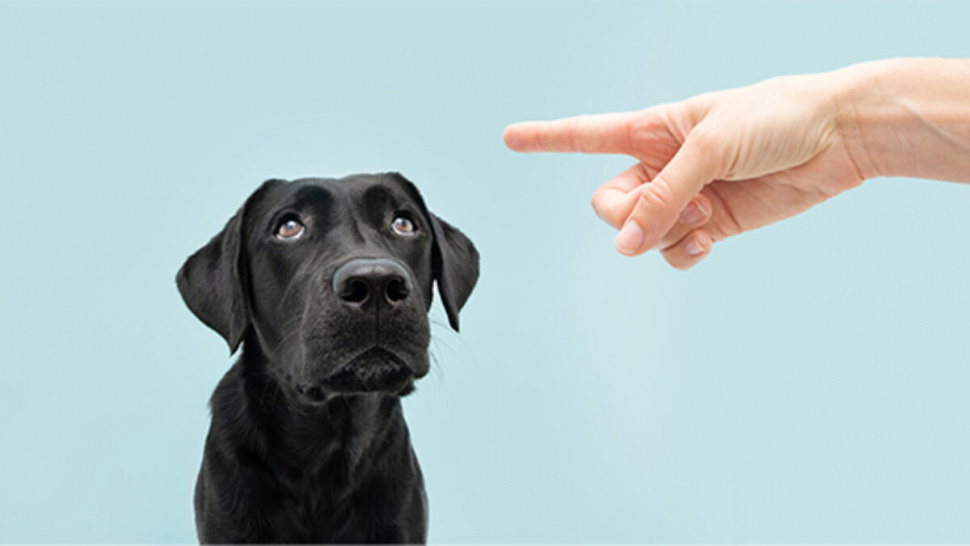What is Behavior Modification for Dogs?
Behavior modification for dogs is a structured approach to training that focuses on changing undesirable behaviors through scientifically proven techniques. Unlike basic obedience training, which teaches commands like “sit” and “stay,” dog behavior modification addresses deeper behavioral issues such as aggression, fear, nervousness, excessive barking, and destructive tendencies.
Why Does Your Dog Need Behavior Modification?
Does your dog exhibit any of the following issues?
- Aggression
- Biting humans or animals
- Fear and nervousness
- Territorial behavior
- Chewing furniture or household items
- Excessive digging
- Constant barking
- Escaping or running away
If any of these problems sound familiar, dog behavior modification training is the solution. Without proper intervention, these issues can escalate, leading to dangerous situations and even the potential surrender of your pet.
How Long Does Dog Behavior Modification Take?
The duration of a dog behavior modification program varies based on several factors, including the severity of the behavior, the dog’s age, consistency in training, and the owner’s commitment. On average:
- Mild behavioral issues: 2-4 weeks
- Moderate cases (fear, anxiety, or reactivity): 2-3 months
- Severe aggression or trauma-related behaviors: 6 months or longer
Consistency is key. Regular reinforcement of behavior modification techniques for dogs ensures long-term success.
Behavior Modification Therapy for Dogs
Behavior modification therapy focuses on altering unwanted behaviors through positive reinforcement, desensitization, and counter-conditioning. It helps dogs learn new responses to situations that previously triggered unwanted reactions. Dog behavior modification techniques include:
1. Habituation
Habituation involves exposing a dog to a stimulus gradually until they no longer react to it. For example, if a dog is afraid of the vacuum cleaner, turning it on at a low volume and rewarding calm behavior can help them get used to it over time.
2. Extinction
Extinction eliminates an unwanted behavior by removing its reinforcement. For instance, if a dog jumps on guests for attention, ignoring the behavior instead of reacting will eventually stop the jumping.
3. Desensitization
Desensitization involves exposing a dog to a fear-inducing stimulus at a low level and gradually increasing exposure as they become more comfortable. This is useful for dogs afraid of loud noises, new people, or other animals.
4. Counter-Conditioning
This method replaces negative responses with positive ones. If a dog reacts aggressively to strangers, they can be taught to associate strangers with treats and praise, reducing their fear or aggression.
5. Flooding
Flooding is an intense approach where a dog is exposed to their fear at full strength until they stop reacting. This method should be used with caution, as it can increase anxiety if not done correctly.
6. Avoidance & Aversive Conditioning
This involves using unpleasant consequences to stop unwanted behaviors. However, punishment should be a last resort and must be applied immediately and consistently to be effective.
4 Reasons to Enroll in Behavior Modification Training
1. Socialization
If your dog is overly aggressive toward people or other dogs, they’re a potential danger. Proper behavior training for dogs ensures they interact safely, preventing accidents and liability issues.
2. Obedience
A dog that ignores commands is a risk, especially near traffic or other hazards. A dog behavior modification program improves obedience, ensuring your pet listens in all situations.
3. Happiness
Dogs thrive in structured environments. Training provides clear expectations, reducing stress and anxiety. A well-trained dog is a happy dog!
4. Saving Lives
Many dogs are surrendered to shelters due to behavioral problems. Behavior modification can prevent euthanasia by rehabilitating problem behaviors and making dogs more adoptable.
Fixing Dog Aggression with Behavior Modification
Aggression is one of the most serious behavioral issues in dogs. It can stem from fear, territorial instincts, dominance, or past trauma.
How to fix dog aggression:
Identify Triggers – Observe when and why aggression occurs.
Use Positive Reinforcement – Reward calm behavior instead of punishing aggression.
Avoid Triggers Initially – Prevent situations that provoke aggressive responses until training progresses.
Seek Professional Help – Severe aggression cases require expert intervention.
Principles of Behavior Modification for Dogs
Consistency – Dogs learn best with routine and repetition.
Patience – Behavior modification is a gradual process.
Positive Reinforcement – Reward good behavior to encourage repeat actions.
Avoid Harsh Punishment – Negative reinforcement can worsen anxiety and aggression.
Gradual Exposure – Introduce stimuli slowly to build confidence.
Finding the Right Behavior Modification Training
At K-9 Specialist, our expert certified trainers use stress-free, science-backed techniques to transform your dog’s behavior. Our dog behavior modification programs include:
- Aggression management
- Fear and anxiety reduction
- Obedience and recall training
- Desensitization and counter-conditioning
- Socialization strategies
Transform Your Dog’s Behavior Today!
Don’t wait until your dog’s behavior becomes unmanageable. With the right dog behavior modification training, you can foster a calm, obedient, and happy pet. Contact K-9 Specialist to enroll in a program that suits your dog’s needs!
Enhance your dog’s behavior with expert techniques—because every dog deserves a second chance.



Share the News